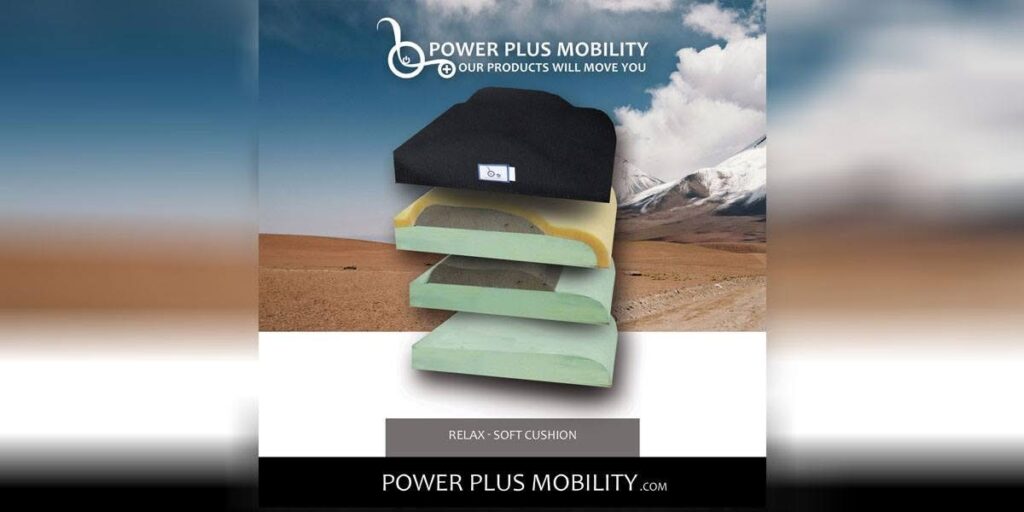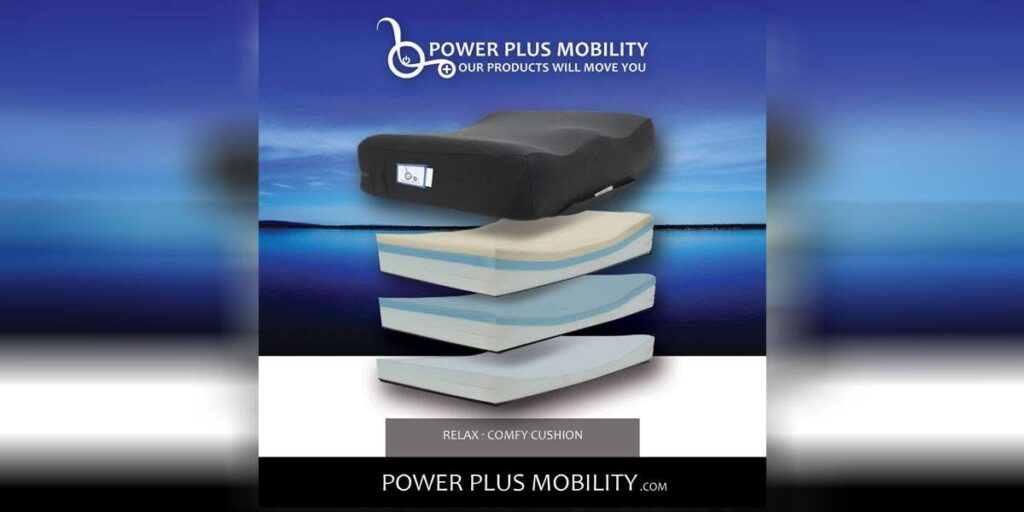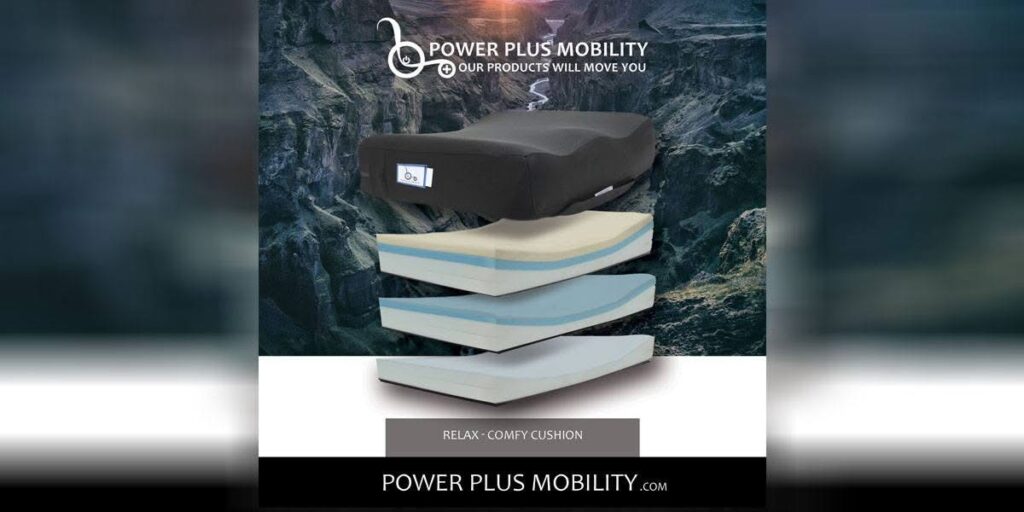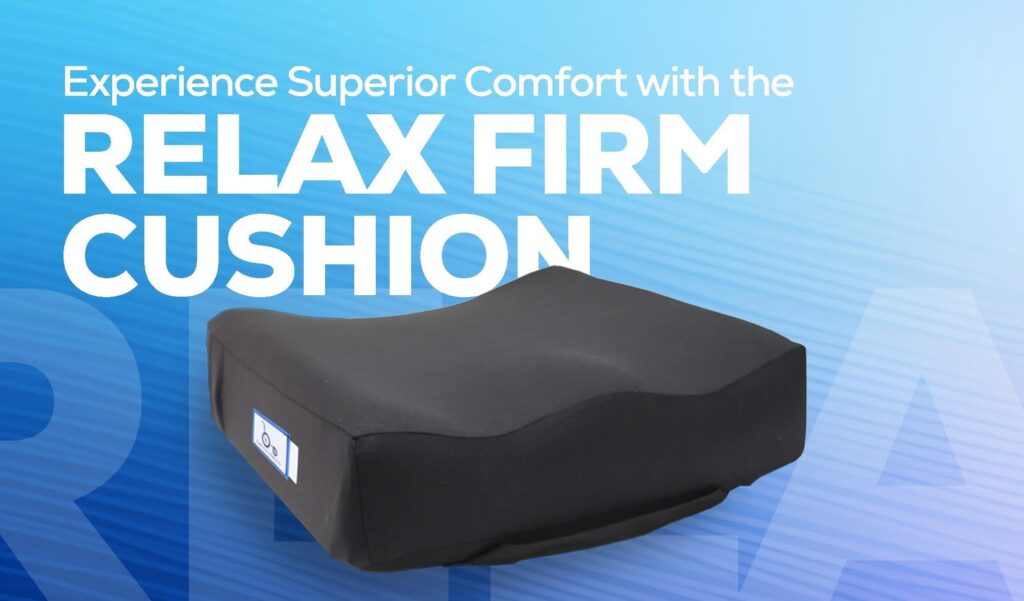



Wheelchair cushions represent one of the most critical yet often overlooked components of wheelchair seating systems, directly impacting user comfort, skin health, positioning, and overall quality of life. For individuals who spend significant time in wheelchairs, selecting the appropriate cushion isn’t merely about comfort—it’s a vital health decision that can prevent serious pressure injuries, support proper positioning, and enable users to remain active and engaged in daily activities without pain or medical complications.
At LIFEmed, we understand that wheelchair cushion selection requires careful consideration of multiple factors including pressure relief needs, positioning requirements, lifestyle activities, and budget considerations. The advanced cushion technologies available today from manufacturers like Blake Medical offer sophisticated solutions that address diverse user needs while providing the reliability and performance essential for maintaining skin integrity and preventing costly, painful pressure sores that can dramatically impact independence and quality of life.
Understanding the different cushion technologies, materials, and design approaches helps users, families, and healthcare professionals make informed decisions that optimize both immediate comfort and long-term health outcomes. The right wheelchair cushion can make the difference between maintaining active participation in life and facing limiting health complications that restrict independence and require extensive medical intervention.
Understanding Pressure Injuries and Risk Factors
The Science of Pressure Injury Development
Pressure injuries, also known as pressure sores or bedsores, develop when sustained pressure restricts blood flow to tissues over bony prominences such as the ischial tuberosities (sitting bones), coccyx, and thighs. This reduced blood flow leads to tissue damage that can progress from minor skin irritation to deep wounds involving muscle and bone if left unaddressed.
The progression of pressure injuries follows predictable stages, beginning with non-blanchable redness and advancing through partial-thickness skin loss, full-thickness tissue loss, and ultimately to deep tissue damage exposing bone, tendon, or muscle. Early intervention through proper pressure redistribution can prevent minor skin changes from progressing to serious wounds requiring months of treatment.
Shear forces, which occur when skin remains stationary while underlying tissues move, compound pressure injury risk by damaging blood vessels and tissues in ways that pure pressure alone cannot. Quality wheelchair cushions address both pressure and shear forces through advanced materials and design features that protect vulnerable tissues.
Moisture management also plays a crucial role in pressure injury prevention, as excess moisture from perspiration or incontinence weakens skin and increases susceptibility to breakdown. Modern cushion covers incorporate moisture-wicking fabrics and ventilation features that maintain optimal skin conditions.
Individual Risk Factors and Assessment
Risk factors for pressure injury development extend beyond simple immobility to include nutritional status, age, medical conditions affecting circulation, incontinence, cognitive impairment, and previous pressure injury history. Understanding these risk factors helps guide appropriate cushion selection and prevention strategies.
Professional assessment tools like the Braden Scale help healthcare providers evaluate pressure injury risk and recommend appropriate interventions including specialized seating surfaces. Higher risk scores typically indicate need for more advanced cushion technologies and more frequent position changes.
Activity levels and transfer frequency significantly impact cushion requirements, with highly active users potentially tolerating less aggressive cushioning while sedentary users require maximum pressure redistribution. Lifestyle considerations help ensure cushion selections support actual usage patterns and needs.
Wheelchair Cushion Technologies and Materials
Foam Cushion Systems
Memory foam cushions provide pressure redistribution through conforming to body contours and distributing weight more evenly across seating surfaces. The Blake Medical Zentury cushion exemplifies this approach, featuring gel-infused memory foam that combines pressure relief with temperature regulation that prevents heat buildup.
High-density foam bases provide stable foundations while softer memory foam layers conform to body contours for optimal pressure distribution. Multi-density construction balances comfort with stability, ensuring users maintain proper positioning while receiving adequate pressure relief.
Gel-infused memory foam technology addresses one of traditional memory foam’s primary limitations—heat retention—by incorporating gel particles that dissipate heat and maintain comfortable temperatures during extended sitting periods. This innovation makes memory foam practical for full-time wheelchair users who previously avoided traditional memory foam due to heat concerns.
Contoured foam designs incorporate targeted relief zones for high-pressure areas like the coccyx and ischial tuberosities while maintaining appropriate support for other areas. The Zentury cushion’s design includes specific contouring that addresses pressure points without compromising stability or positioning.
Gel Technology and Hybrid Systems
Blake Medical’s Geo-Matrix gel technology represents advanced pressure relief through unique closed-cell gel construction that redistributes pressure by expanding the “footprint” of pressure points across larger surface areas. When pressure compresses gel columns, neighboring columns stretch to distribute forces more evenly, eliminating dangerous pressure concentrations.
The closed-cell construction of Geo-Matrix gel eliminates risks associated with fluid-filled cushions including leaking, migration, and puncture failures. This reliability ensures consistent pressure relief without ongoing maintenance or replacement concerns typical of air or fluid cushions.
Hybrid cushion designs like the Blake Medical Vinga combine multiple technologies to optimize both pressure relief and comfort. The Vinga integrates gel-infused memory foam in the front section with Geo-Matrix gel pillow-top inserts in posterior regions, providing targeted relief where pressure concentrations are highest while maintaining overall comfort and stability.
Washability represents a significant advantage of Geo-Matrix gel, with individual gel layers machine-washable for infection control—a feature particularly valuable in institutional settings or for users with incontinence concerns. The Blake Silver cushion’s infection control capabilities make it ideal for long-term care facilities and home care situations.
Air Flotation Systems
Air cushion technology like the Power Plus RELAX AirFlow provides adjustable pressure relief through dual-valve inflation systems that enable independent adjustment of left and right sides. This customization accommodates asymmetric pressure distribution or positioning needs that single-chamber designs cannot address.
Silky air cell construction in quality air cushions provides immersive pressure distribution while maintaining stability and preventing bottoming out. The four-way stretchable covers allow air cells to conform fully to body contours for maximum pressure redistribution effectiveness.
Digital pump systems in advanced air cushions provide precise inflation control and pressure monitoring that ensures optimal cushion performance. These systems eliminate guesswork in cushion inflation while maintaining consistent pressure levels throughout the day.
Air cushion maintenance requires more attention than foam or gel alternatives, including regular inflation checks, valve inspection, and replacement of worn components. Users should consider maintenance requirements when selecting cushion technologies.
AADL Funding and Financial Considerations
Understanding AADL Cushion Coverage
Alberta Aids to Daily Living (AADL) provides funding for wheelchair cushions based on usage patterns and complexity levels. Part-time users receive up to $350 funding (Level A, code V985), while full-time users qualify for $589 funding (Level A, code V980) for standard cushions like the Zentury and Vinga.
Complex cushion needs can access higher funding levels including Level B ($719, code N570) for adjustable positioning cushions and Level C ($1376, code N830) for complex seating requirements. Understanding these funding tiers helps users maximize benefits while accessing appropriate technology.
Finding a dealer experienced with AADL applications ensures that funding requests include proper documentation and meet program requirements. Professional guidance helps navigate the application process while optimizing funding outcomes.
Incontinence covers represent additional covered items under AADL (code V006, $135), providing essential protection for cushions when users experience bladder or bowel management challenges. These covers protect cushion investments while maintaining hygiene and infection control standards.
Cost-Benefit Analysis of Premium Cushions
While premium cushions require higher initial investments, the long-term benefits often justify costs through pressure injury prevention, extended cushion life, and reduced medical expenses. A single pressure injury treatment can cost thousands of dollars, making quality cushion selection economically sound preventive measure.
Cushion durability varies significantly between technologies and manufacturers, with quality gel and foam systems typically providing 2-3 years of effective service under normal use. Understanding expected service life helps calculate true cost of ownership beyond initial purchase price.
Warranty coverage and replacement policies affect long-term value, with manufacturers like Blake Medical offering comprehensive warranties that protect cushion investments. Understanding how local dealers support wheelchair users with repairs and maintenance extends to cushion support and replacement services.
Selection Criteria and Professional Assessment
Comprehensive User Evaluation
Professional cushion assessment should evaluate pressure distribution using pressure mapping technology that identifies high-pressure areas and validates cushion effectiveness. This objective measurement ensures selected cushions provide appropriate pressure relief for individual body types and sitting postures.
Postural assessment considers trunk stability, pelvic positioning, and lower extremity alignment that affect cushion requirements and selection. Some users require cushions that actively support positioning while others need primarily pressure relief with minimal positioning constraints.
Understanding how to choose the right wheelchair dealer becomes particularly important for cushion selection, as experienced professionals understand both assessment processes and available cushion technologies that meet identified needs.
Trial periods allow users to evaluate cushions in real-world conditions before finalizing purchases. Many dealers offer trial programs that enable testing different technologies and configurations to ensure optimal selection.
Lifestyle and Environmental Considerations
Activity levels influence cushion selection, with active users requiring cushions that support transfers, position changes, and dynamic activities while sedentary users prioritize maximum pressure relief over positioning versatility.
Climate considerations affect cushion selection, with heat buildup concerns more significant in warm environments or for users who perspire heavily. Gel-infused foams and moisture-wicking covers address these concerns while maintaining pressure relief effectiveness.
Transfer frequency and techniques impact cushion durability and maintenance requirements, with frequent transfers potentially accelerating wear on cushion materials and covers. Durable construction and replaceable covers extend service life for active users.
Transportation and portability needs may influence cushion selection for users who transfer cushions between multiple wheelchairs or transport cushions separately. Weight and handling characteristics become important selection factors for these users.
Cover Options and Maintenance
Cover Technologies and Features
Cover selection significantly impacts cushion performance, hygiene, and longevity. Breathable spacer fabrics provide excellent moisture management while offering incontinence protection that maintains skin integrity during extended sitting periods.
Two-cover systems including outer and inner covers provide optimal protection and hygiene management. Inner covers offer fluid protection and easy cleaning while outer covers provide comfort and durability for daily use.
Anti-microbial treatments in quality covers help control odor and bacterial growth that can compromise hygiene and skin health. These treatments are particularly important for users with incontinence or those in institutional settings where infection control is critical.
Four-way stretch fabrics allow cushion materials to conform optimally to body contours without restriction from cover materials. This elasticity ensures maximum pressure redistribution effectiveness while maintaining comfort and durability.
Maintenance and Care Requirements
Regular cleaning maintains hygiene while extending cushion and cover life. Most cushion covers are machine-washable, though specific care instructions vary by manufacturer and material composition.
Inspection routines should include checking for wear patterns, material degradation, and loss of cushion effectiveness that might indicate replacement needs. Early identification of problems prevents pressure injury development from compromised cushions.
Rotation schedules for dual-cover systems ensure continuous cushion availability while one cover is being cleaned. Having spare covers prevents gaps in protection during cleaning cycles.
Professional assessment intervals help ensure cushions continue meeting user needs as conditions, activity levels, or body composition changes over time. Regular reassessment prevents using inappropriate or worn cushions that no longer provide adequate protection.
Special Considerations and Advanced Applications
Bariatric Cushion Requirements
Bariatric users require cushions designed for higher weight capacities with enhanced pressure distribution across larger surface areas. Standard cushions may bottom out or fail prematurely under higher weight loads.
Wider cushion dimensions accommodate larger body types while maintaining proper wheelchair fit and stability. Custom sizing options ensure appropriate fit without compromising pressure relief effectiveness.
Pediatric Applications
Growing children require cushions that can adjust to accommodate growth without requiring frequent replacements. Modular designs and adjustable features extend useful life while maintaining appropriate support.
Positioning requirements in pediatric seating often take precedence over pure pressure relief, requiring cushions that balance therapeutic positioning with pressure management appropriate for activity levels and risk factors.
Wheelchair cushion selection represents a critical healthcare decision that directly impacts skin health, comfort, positioning, and overall quality of life for wheelchair users. The sophisticated cushion technologies available today, from gel-infused memory foam like the Zentury to advanced Geo-Matrix gel systems, provide comprehensive solutions that prevent pressure injuries while enhancing daily comfort and function.
At LIFEmed, we’re committed to helping you find the wheelchair cushion that perfectly matches your needs, risk factors, and lifestyle requirements. Our expertise with Blake Medical’s innovative cushion technologies and understanding of AADL funding processes ensures you receive both appropriate equipment and the support necessary for optimal outcomes.
Contact our mobility specialists to explore how the right wheelchair cushion can protect your skin health while enhancing comfort and independence. Remember, the right cushion isn’t just about sitting comfortably—it’s about preventing serious medical complications while maintaining the active, independent lifestyle you deserve.
To visit our Social Media, please click on Facebook and Instagram


